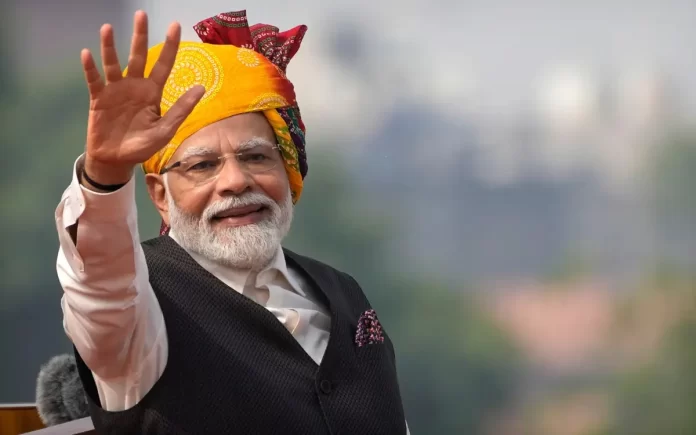New York: Morgan Stanley economists suggest that India’s current economic growth, driven by a surge in investments, bears striking resemblance to the boom period of 2003-07, when the nation witnessed an average growth rate exceeding 8 per cent.
In their report titled ‘The Viewpoint: India – Why this feels like 2003-07’, Morgan Stanley analysts highlight the resurgence of investments as a pivotal factor propelling India’s growth trajectory. They note that after a decade of declining investment-to-GDP ratios, capital expenditure (capex) has emerged as a primary driver of growth, mirroring trends seen during the earlier period.
“We think the defining characteristic of the current expansion is the rise in the investment-to-GDP ratio. Similarly, in the 2003-07 cycle investment to GDP rose from 27 per cent in F2003 (fiscal year ending March 2003) to 39 per cent in F2008, which was close to the peak.”
Report Highlights
The current economic cycle is characterized by robust investment outpacing consumption, with public capex leading initially and private capex swiftly catching up. Urban consumers are spearheading consumption growth, followed by a resurgence in rural demand. Additionally, India’s share in global exports is increasing while macro stability risks are being effectively managed.
Read More: Mother Dairy to Invest Rs 750 Crore in Expansive Growth Plan
The report underscores the significance of the rising investment-to-GDP ratio in driving the current expansion, drawing parallels with the period of 2003-07. During that phase, investment to GDP soared from 27 per cent in F2003 to 39 per cent in F2008, marking a significant uptick.
According to the analysts, the acceleration in investments during 2003-07 fueled productivity, job creation, and income growth, leading to an increase in savings to GDP. With GDP growth averaging 8.6 per cent and headline CPI inflation at 4.8 per cent, the period saw a stable current account balance, even amidst external shocks like soaring oil prices.
“Investment to GDP then hovered around those levels until it peaked in F2011. 2011 to 2021 then registered a decade of decline – but the ratio has now inflected again to 34 per cent of GDP and we expect it to rise further to 36 per cent of GDP in F2027E.”
Report Indicates
In the present cycle, real gross fixed capital formation (GFCF) growth has remained robust, driven primarily by public capex. Although private consumption is yet to pick up significantly, signs of momentum are emerging in private capex, buoyed by a recovery in corporate profits.
The report emphasizes policymakers’ efforts towards supply-side reforms, which have bolstered real government fixed capex growth. It suggests that a capex-led growth cycle can sustain expansion by fostering capital deepening, productivity growth, and employment opportunities.
Morgan Stanley highlights the importance of public sector spending on infrastructure projects to eliminate supply-side bottlenecks and facilitate private sector investment. They assert that such investments lay the groundwork for sustained economic growth and ensure a smoother transition to private capex-led expansion.



